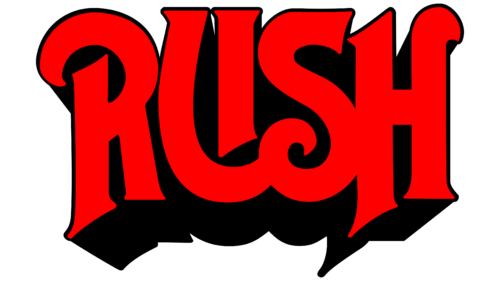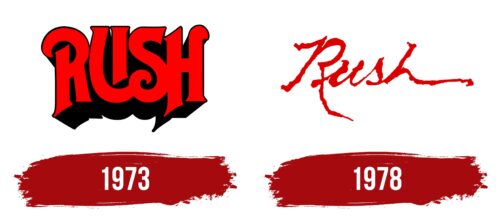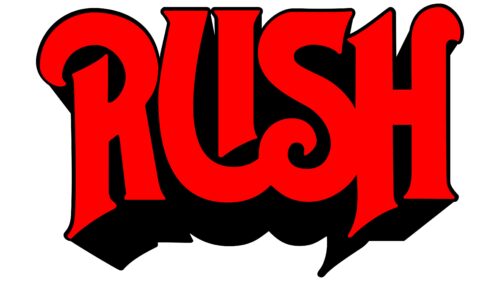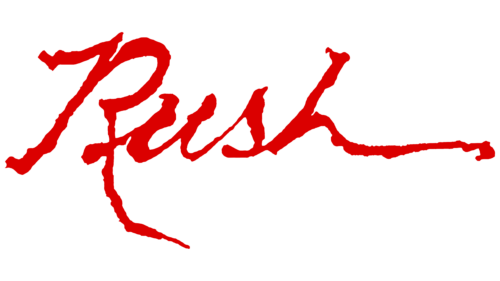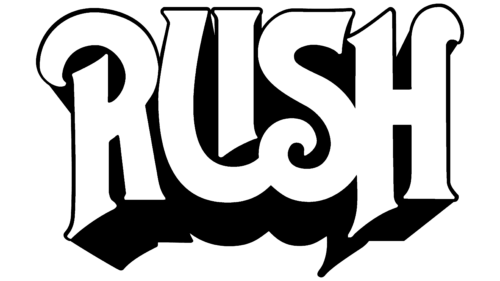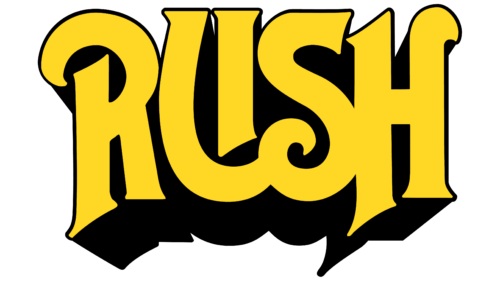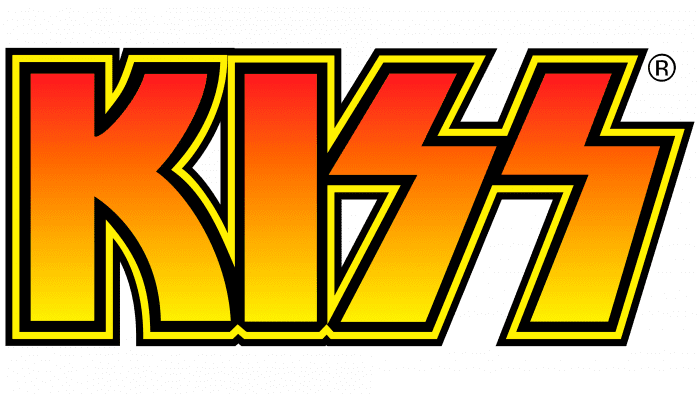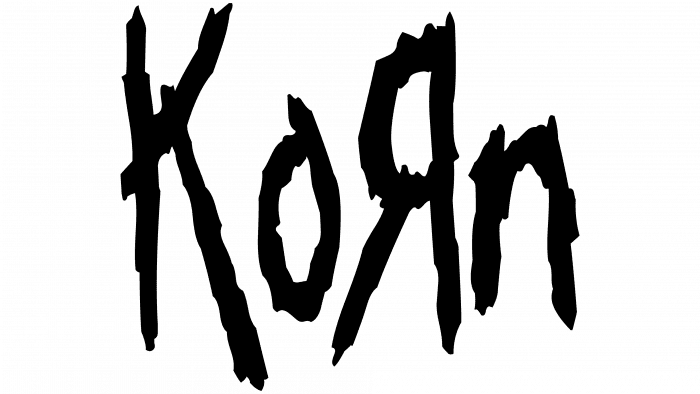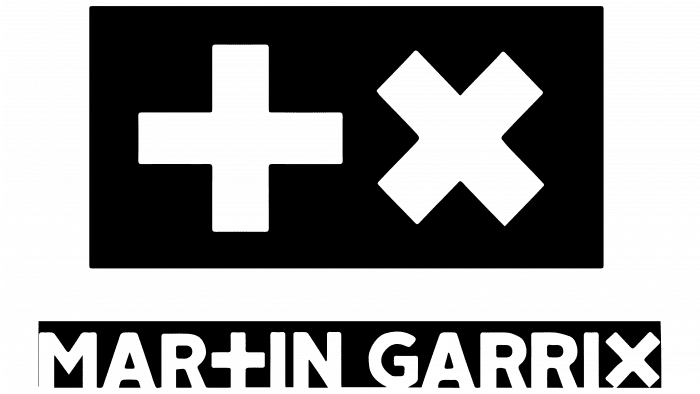In the history of the group, the Rush logo is not alone. And they are opposites of each other: the first with large capital letters, the second with thin lowercase glyphs. But they share a common color: both emblems are red, with an intense shade. This makes them dynamic and energetically charged, allowing them to stand out on any background.
Rush: Brand overview
| Founded: | 1968 – 2018 |
| Founder: | Alex Lifeson, John Rutsey and Jeff Jones |
| Headquarters: | Toronto, Ontario, Canada |
| Website: | rush.com |
Meaning and History
In the early years, the young musicians were essentially searching for themselves, as they often changed their lineup. Some members left the group due to creative differences, others due to incompatible personalities, and still others due to poor health. The band finally settled on its lineup in its seventh year and lasted until the end of its career. Despite the problems, Rush gradually transformed from a basement band to a concertmaster – working no less than six days a week. However, they could not sign a deal with professional studios, so they created their own label called Moon Records.
The group recorded their first single in 1973, and in 1974, their first compilation was released, with a circulation of 3,500 copies. Although it was a limited edition, it led the musicians to success and a $200,000 deal. The cover of their debut album featured the rock collective’s name. The members consciously chose a textual emblem, as they needed to gain recognition among music lovers and stay in the limelight. The most accessible, fast, and clear way to convey information is through text. To make it visible, designers colored it in a striking red. In total, Rush had two main logos.
What is Rush?
Rush is a Canadian rock band consisting of three musicians. It emerged in Toronto in 1968 and ended its musical career in 2018. Its main genres were hard rock, blues, and progressive rock, characterized by complex compositions, eclecticism, and lyrical motifs.
1973
The earliest version of the Rush logo is large and solid. All the letters are connected – if not directly, then by the shadow that surrounds them. Paradoxically, the inscription has many curves and sharp points. They harmoniously complement each other, being balanced and optimally distributed. The presence of spikes is related to the genre theme of rockers, aiming to address sharp issues. The letters are massive, bold, and three-dimensional due to the black outline. They are made in an Old English style with elements of Gothic. The “R” and “H” extend below the lower boundary, while all glyphs are aligned at the top.
1978
On the cover of the sixth album (Hemispheres), the title is set in italics type. It looks as if it was written by hand – quickly and unevenly, even clumsily, as if in a hurry. A testament to this is the barely distinguishable “h,” the right side of which is almost horizontal and looks like a wavy line. The edges of the letters are jagged and covered with nodular protrusions. The glyphs are thin, and the long leg of the “R” intersects with part of the “u.”
A distinctive feature of the first Rush logo is the double “U.” It consists of a short vertical line and a long hook going to the right. Together they form a standard letter. The lack of connection between them is not immediately noticeable because both sides of the glyph are equally red and located on a monochromatic background.
Font and Colors
The inscriptions in the Rush emblems are made in individual fonts. In the first version, they are tall and bold letters, while in the second, they are narrow and in italics. The only thing they have in common is the color – red, saturated, energetically active.
Rush color codes
| Red | Hex color: | #fe0000 |
|---|---|---|
| RGB: | 254 0 0 | |
| CMYK: | 0 100 100 0 | |
| Pantone: | PMS 1655 C |
| Black | Hex color: | #000000 |
|---|---|---|
| RGB: | 0 0 0 | |
| CMYK: | 0 0 0 100 | |
| Pantone: | PMS Process Black C |
